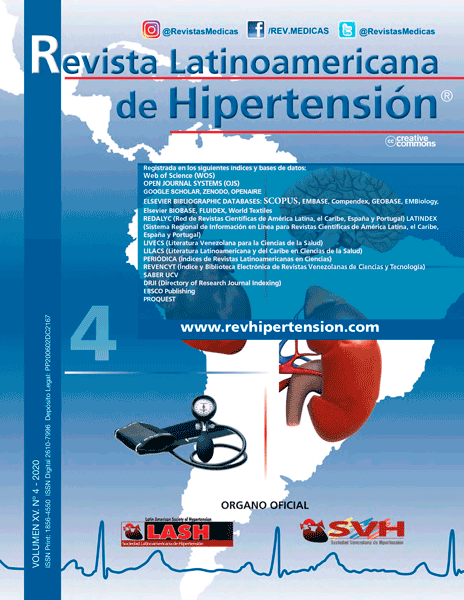Frequency of left ventricle systolic dysfunction in rheumatoid arthritis patients detected by global longitudinal strain and tissue Doppler imaging in Babylon province in Iraq
Palabras clave:
Rheumatoid arthritis, left ventricle strain, tissue Doppler, disease modifying anti rheumatic drugsResumen
Abstract: Rheumatoid arthritis (RA) is a systemic disease, characterized by chronic inflammatory polyarthritis with extra articular complications. The prevalence is about 1% and more common in female than male. The aim of the study is early detection of left ventricle systolic dysfunction in rheumatoid arthritis (RA) patients by measuring global longitudinal strain, and mitral annular systolic velocity (S`). A Case control study enrolled 60 patients with RA (mean age 47.7 years) without history of cardiac disease and 40 healthy controls (mean age 44.5). All participants underwent trans thoracic echocardiography (TTE), tissue Doppler imaging (TDI) for assessment of mitral annular systolic velocity (S`), as well as left ventricle global longitudinal strain (GLS) using speckle tracking echocardiography (STE) technique. RA patients had shown lower mitral annular velocity S` in comparison with control (9.60±1.61 vs 10.72±1.17; p value <0.001), also RA patient had shown lower negative left ventricle longitudinal strain in comparison with control group (-18.74%±1.06 vs. -23.11%±1.16; p value < 0.001). RA patients is associated with increasing risk of subclinical left ventricle systolic dysfunction, which had been detected by tissue Doppler, and speckle tracking technique.

